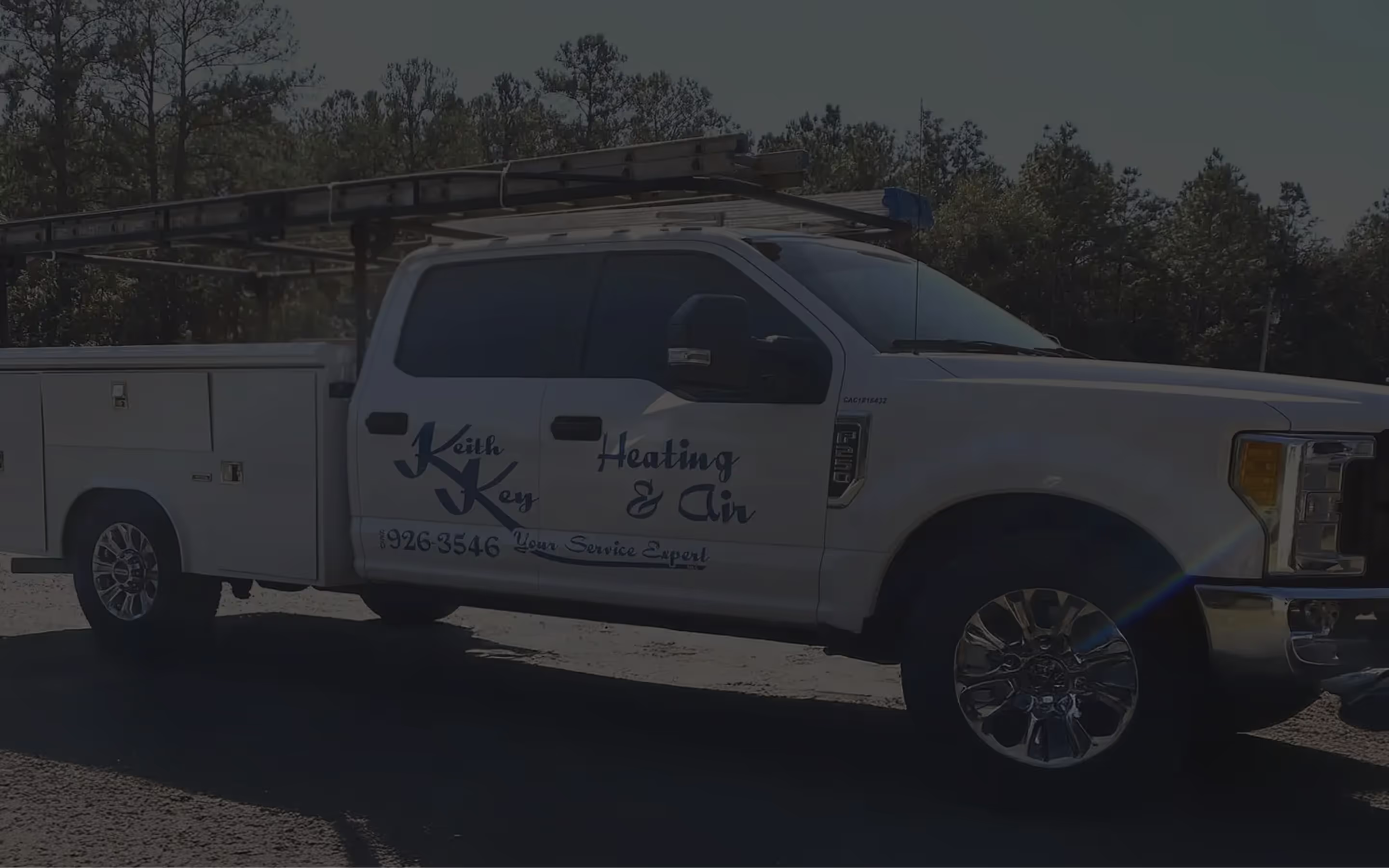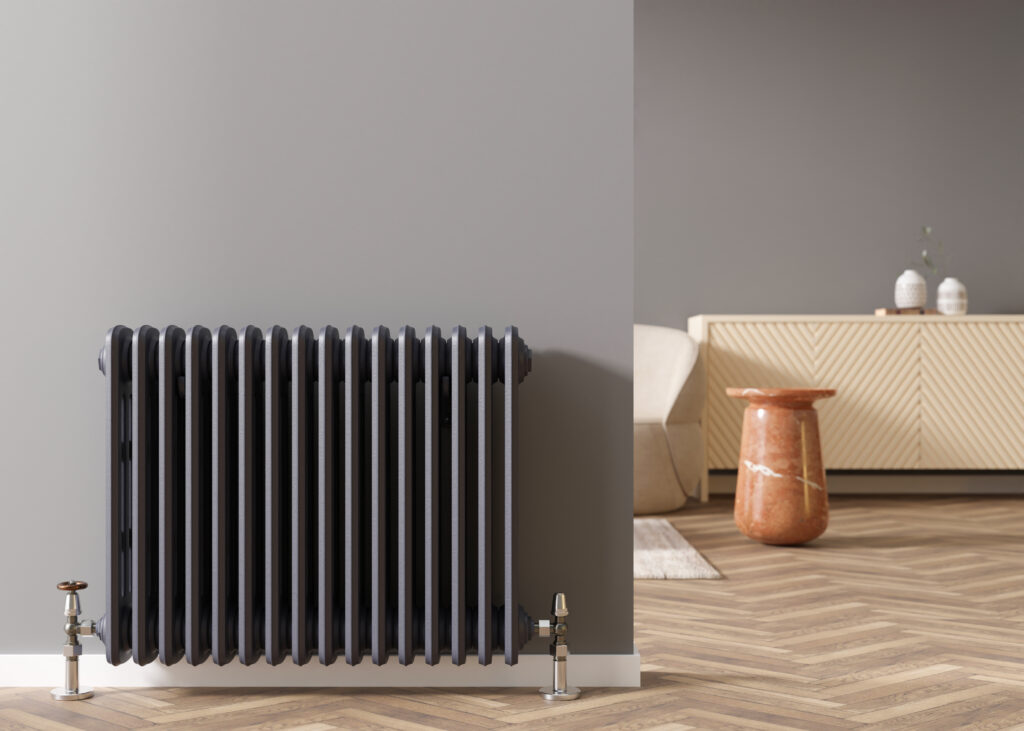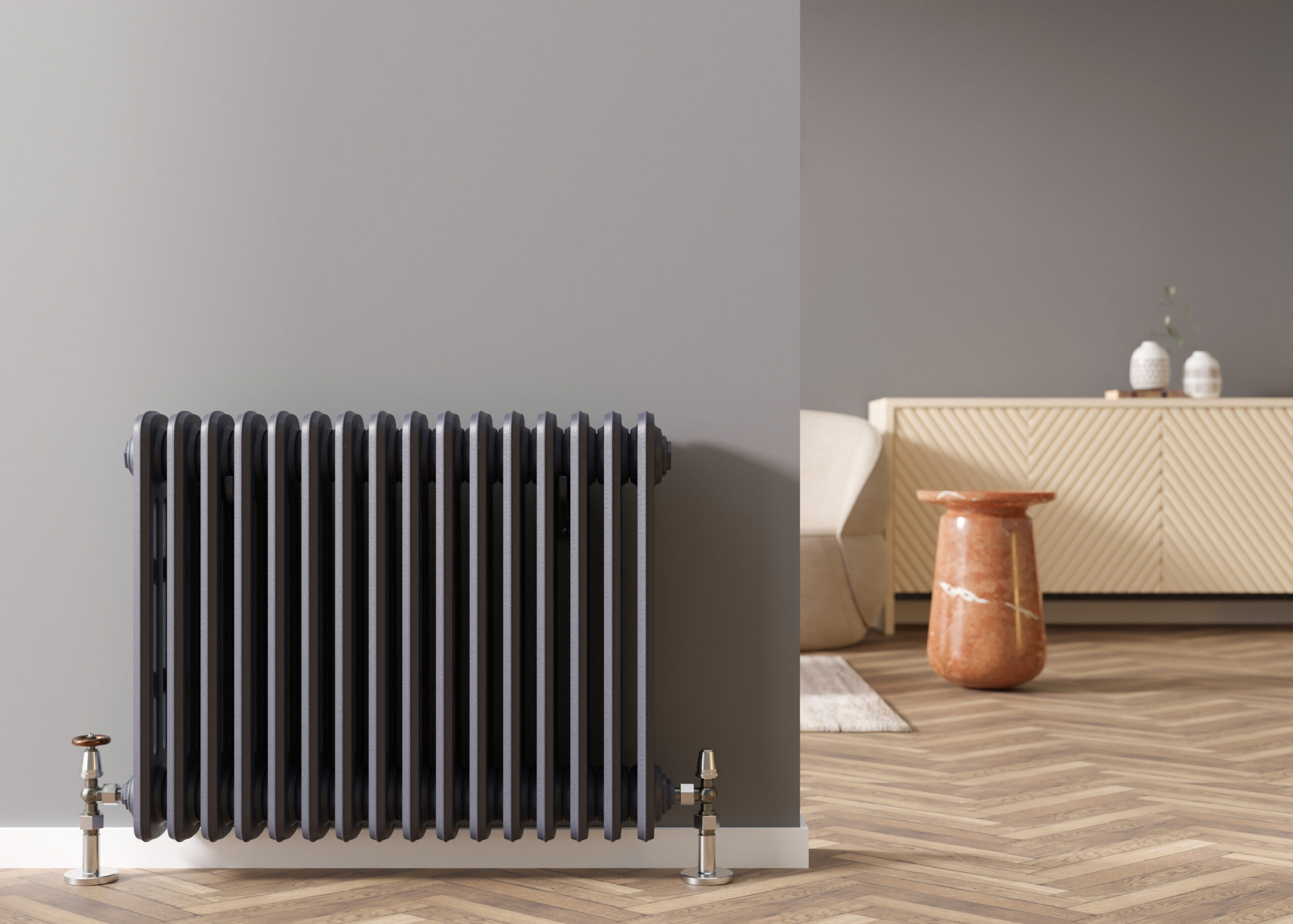A Comprehensive Comparison: Central Heating vs Ductless Heating for Multi-Family Residences



As more multi-family residences emerge in the urban landscape, the need for an efficient heating system becomes increasingly important. Two popular systems dominate the market—central heating and ductless heating. Each system has unique benefits, drawbacks, and performance dynamics that affect its efficiency and suitability for specific environments.
Central Heating Systems: Understanding the Basics
Central heating systems are designed to distribute heat throughout a multi-family residence from a single, centralized source. The most common central heating systems utilize a furnace, boiler, or heat pump to generate heat, which is then distributed through ductwork, pipes, or another medium to individual living spaces. These systems can offer several benefits and challenges:
Advantages of Central Heating Systems:
1. Consistent Temperature: Central heating systems are designed to provide consistent temperature throughout the entire building, which can lead to a comfortable living environment for all residents.
2. Economies of Scale: Because central heating systems serve multiple living spaces simultaneously, they can be more cost-effective in terms of energy usage and installation costs compared to individual heating systems for each unit.
3. Equipment Consolidation: With a single centralized heating source, there’s less need for individual equipment (such as multiple furnaces or heat pumps), leading to less clutter and easier maintenance.
Challenges of Central Heating Systems:
1. Lack of Individual Control: Central heating systems generally do not offer individual temperature control for each living space, which can result in some residents feeling too hot or too cold.
2. Energy Inefficiency: Due to heat loss through ductwork or pipes, central heating systems can be less energy-efficient than ductless systems, particularly in older or poorly insulated buildings.
Ductless Heating Systems: Understanding the Basics
Ductless heating systems, also known as mini-split systems, provide an alternative to central heating by delivering heat directly to individual living spaces without the need for ductwork or pipes. These systems consist of an outdoor compressor unit connected to one or more indoor air handling units, which distribute heat as needed. Here are the advantages and challenges associated with ductless heating systems:
Advantages of Ductless Heating Systems:
1. Individual Temperature Control: Ductless systems offer personalized comfort, as each indoor unit can be controlled separately, allowing residents to adjust the temperature to their preferences.
2. Energy Efficiency: By directly delivering heat to individual living spaces, ductless systems minimize heat loss and can be more energy-efficient than central heating systems.
3. Flexible Installation: With no need for ductwork, ductless systems can be installed in almost any space, making them ideal for renovations or additions to an existing multi-family residence.
Challenges of Ductless Heating Systems:
1. Higher Initial Costs: Ductless systems can have higher upfront costs than central heating systems, as they require multiple indoor units to serve all living spaces. However, this expense can be offset by energy savings over time.
2. Appearance: Some residents may find the appearance of indoor air handling units less visually appealing compared to hidden ductwork.
Comparing Installation and Maintenance Efforts
1. Installation:
Central heating systems typically require more extensive planning and installation work, as they necessitate a network of ductwork or piping to distribute heat throughout the building. The installation process may be more disruptive and time-consuming, especially in older buildings with limited space for ductwork.
In contrast, ductless heating systems are generally easier and quicker to install, with fewer invasive changes required. The indoor and outdoor units are connected through a small hole in the wall, allowing for minimal disruption to the building’s structure.
2. Maintenance:
Regular maintenance is essential for both central and ductless heating systems to ensure optimal performance and longevity. Central heating systems may require more frequent maintenance, specifically for the ductwork, which can accumulate dust and debris that impact efficiency.
Ductless systems also require routine maintenance, such as cleaning air filters and ensuring the outdoor unit is free from debris. However, the absence of ductwork may result in fewer maintenance tasks overall.
Evaluating Energy Efficiency and Environmental Impact
As mentioned earlier, ductless heating systems generally offer higher energy efficiency compared to central heating systems. By minimizing heat loss through ductwork or pipes, ductless systems can save energy and reduce greenhouse gas emissions.
Additionally, many ductless systems are equipped with advanced features, such as variable speed compressors, which allow them to adjust their output based on demand rather than operating at full capacity constantly. This can result in further energy savings and a reduced environmental footprint.
Choosing the Ideal Heating Solution for Your Multi-Family Residence
Weighing the benefits and challenges of both central and ductless heating systems is crucial to finding the best heating solution for your multi-family residence. Each system offers distinct advantages, with central heating providing consistent temperatures and potential economies of scale, while ductless heating systems allow for energy efficiency and individual temperature control.
To make the most informed decision, seek the guidance of an expert heating and air conditioning service provider, such as our team at Keith Key Heating & Air. Our professionals will assess your multi-family residence’s specific needs, consider residents’ preferences, and offer personalized recommendations to ensure the ideal heating solution is implemented.
Contact us today to schedule a consultation on our ductless heating installation services in Crawfordville, FL, and invest in the comfort and efficiency your residents deserve.
hear what our satisfied clients have to say
.avif)
Service Areas


